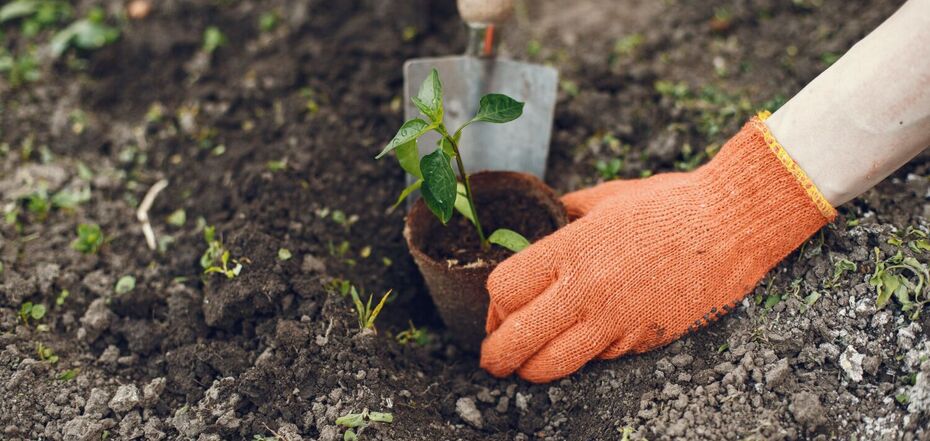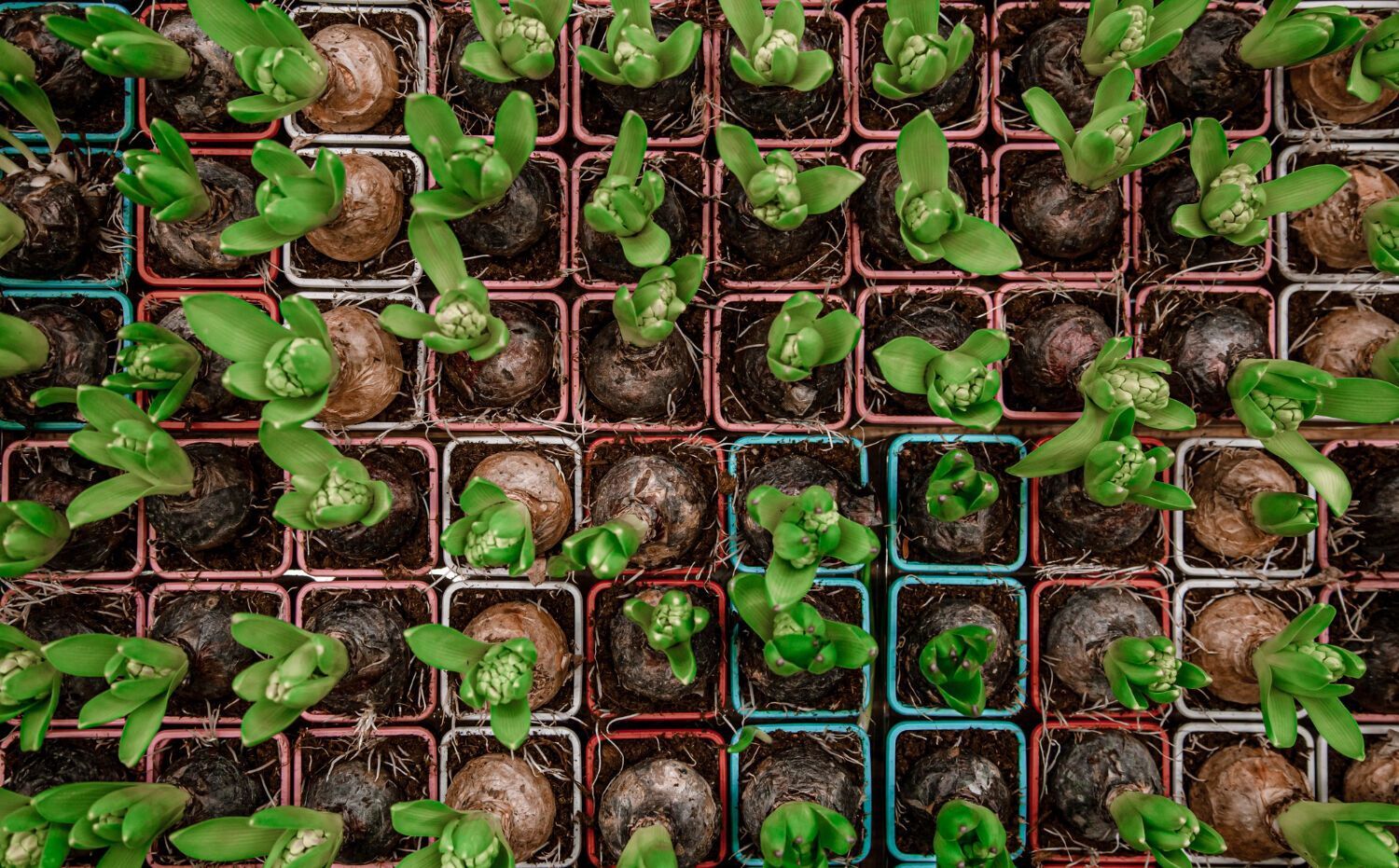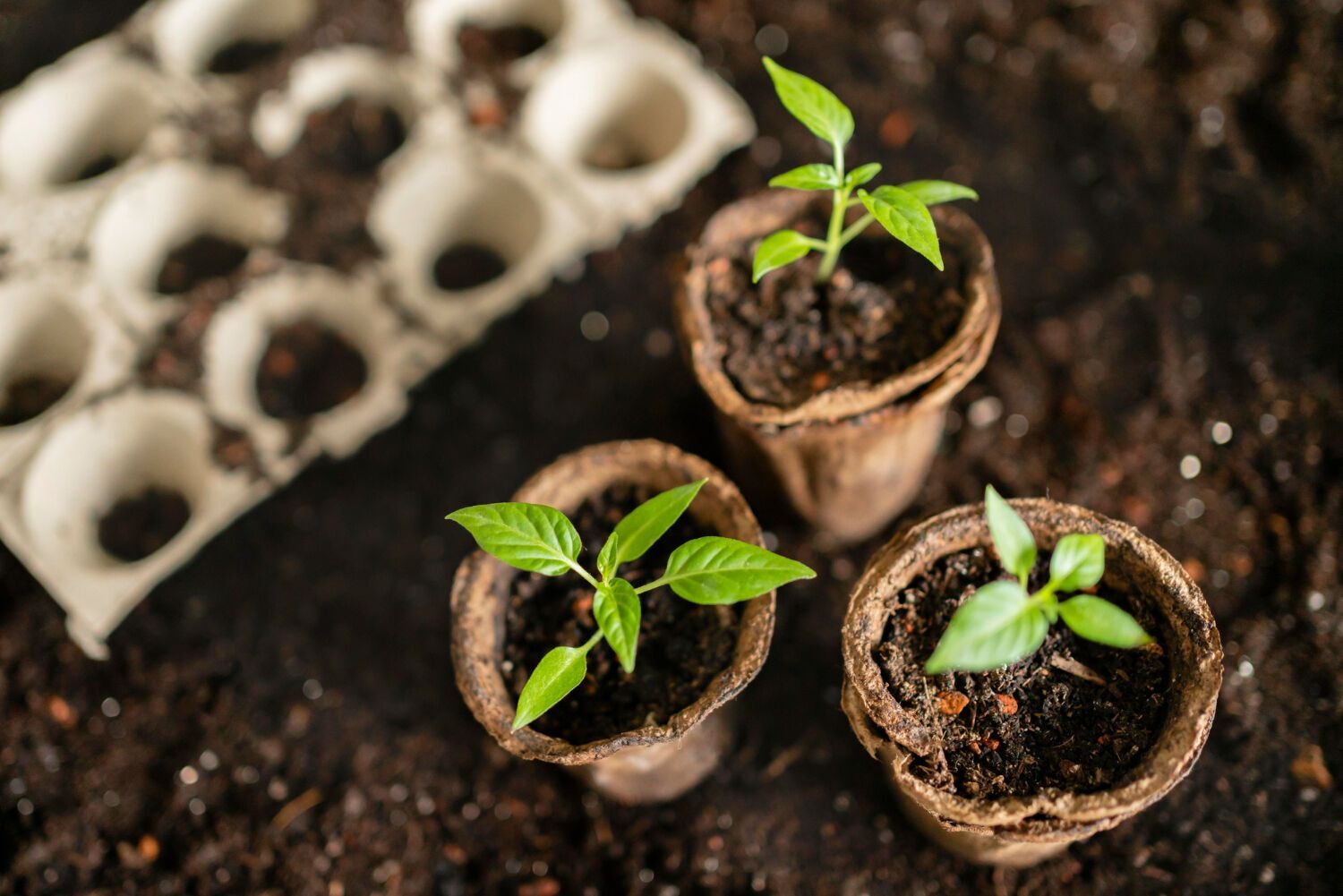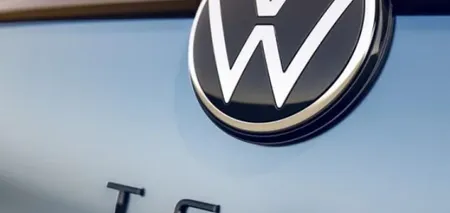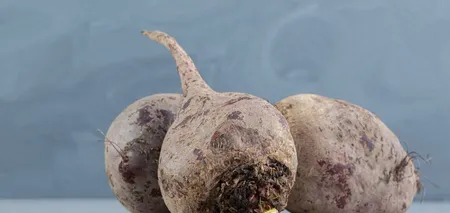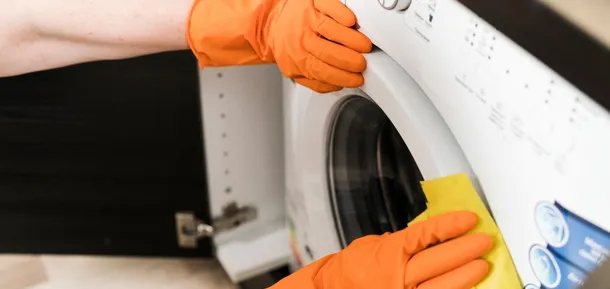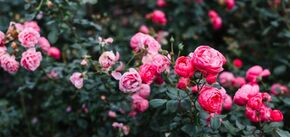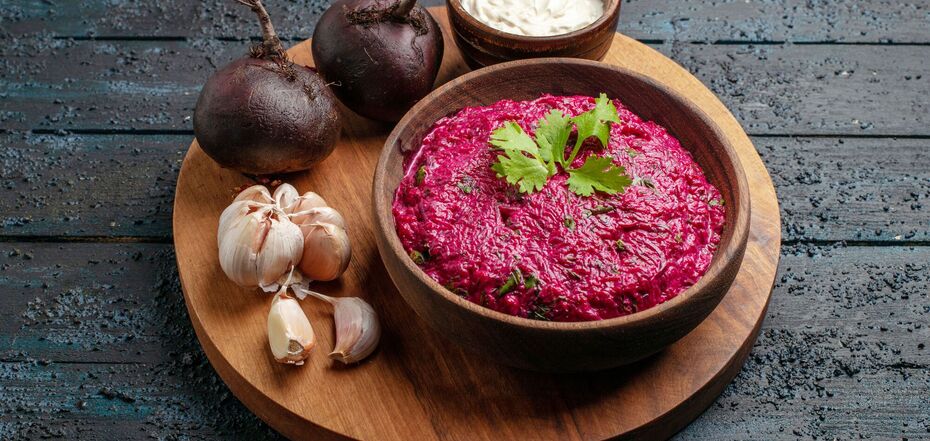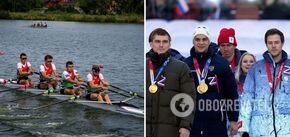News
No transplanting required: how to grow healthy pepper seedlings
Growing pepper seedlings requires the right approach to get healthy and strong plants. And while most gardeners usually use transplanting to divide the plants, there is a way to grow peppers without this step.
This method is becoming increasingly popular among gardeners who want to minimize stress on plants and keep them healthy. The main condition for successful cultivation is proper seed disinfection and organization of the germination process. Here are some expert tips to help you grow your first seedlings without any difficulties.
Disinfect seeds before sowing
Before sowing pepper seeds, it is important to disinfect them. This is especially necessary if you collected the seeds yourself or bought them, but they have not been processed. For this purpose, gardeners use chlorhexidine or a weak solution of potassium permanganate. These agents fight fungal and bacterial diseases that may be on the seeds. Immerse the seeds in the solution for 20-30 minutes, or spray them with a spray bottle. After that, rinse the seeds thoroughly with water.
Germinating pepper seeds
To ensure optimal conditions for germination, you can use cotton pads or cheesecloth. Place a disinfected seed on each disk and cover with another disk, then moisten. The disks should be placed in a warm place for germination, or you can put them in a plastic bag with a clasp and hang them near a radiator. The best temperature for germination of pepper seeds is 25-28 degrees Celsius. After a few days, the germinated seeds are ready to be planted for seedlings.
Preparing to sow germinated seeds
When the seeds germinate, it is important to prepare the seedling box properly. You can use plastic flower boxes. Put a drainage layer of foam on the bottom of the box, and add seedling soil with an optimal level of acidity (pH 5.5-6.5) on top. After that, tamp the soil evenly to create optimal conditions for planting the seeds.
Sow the germinated seeds in moistened grooves made with a bar to a depth of 1 cm. Spread the seeds carefully with a spoon so as not to damage the roots. After that, cover the seeds with soil, water them and cover the box with plastic wrap to create greenhouse conditions until the sprouts appear.
Maintaining the temperature for optimal growth
During seed germination, it is important to ensure a stable temperature of 25-28°C. This promotes fast germination and healthy plants. Remember to check the box regularly and maintain optimal humidity so that the seeds do not dry out, but do not get too wet.
Once the seeds germinate, it is important to take good care of the seedlings. This includes maintaining the right temperature, watering, and checking for pests or diseases. If you follow these tips, your pepper seedlings will grow healthy, strong and ready to be planted in the ground without the need for transplanting.
Subscribe to OBOZ.UA's Telegram and Viber channels to keep up with the latest developments.


